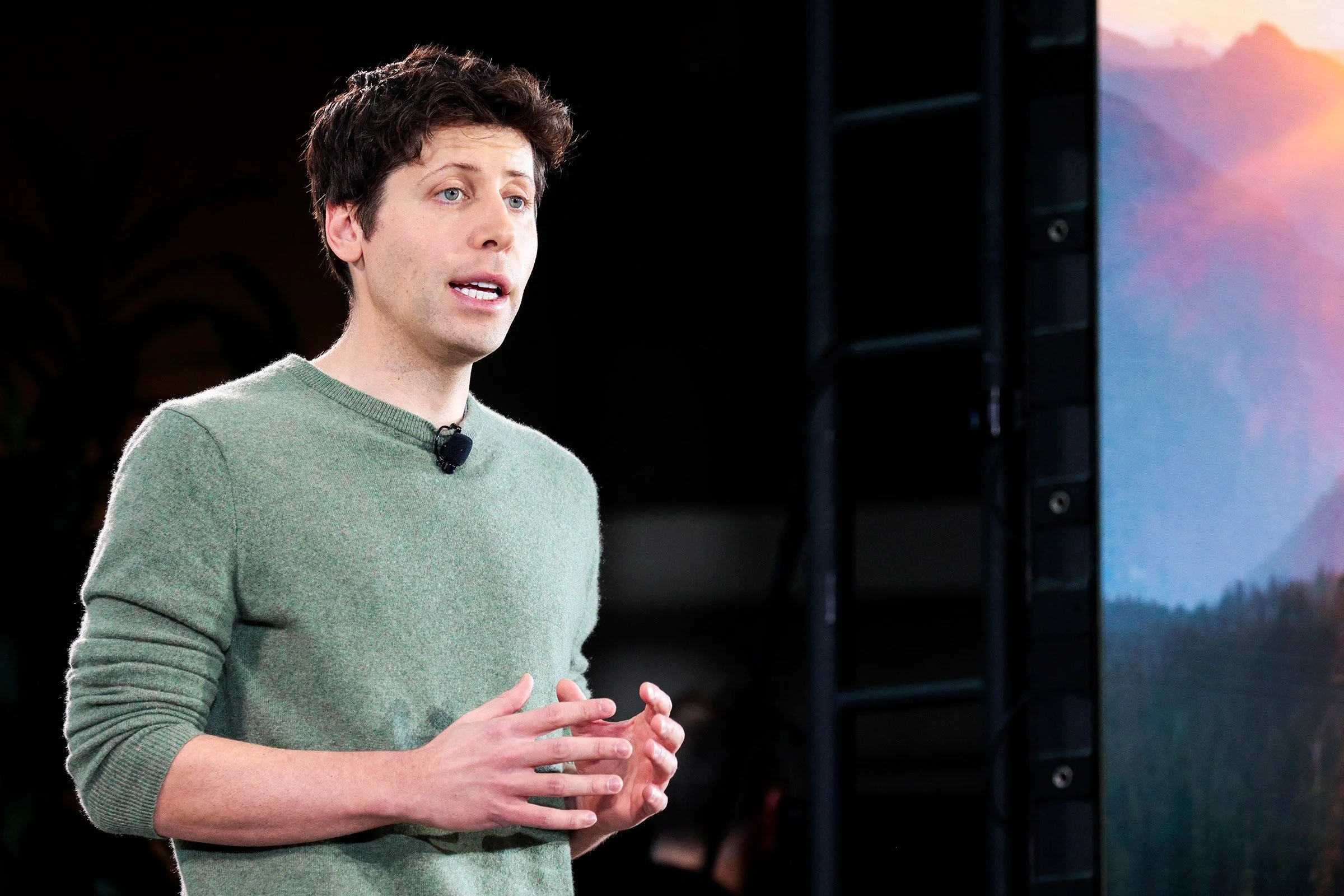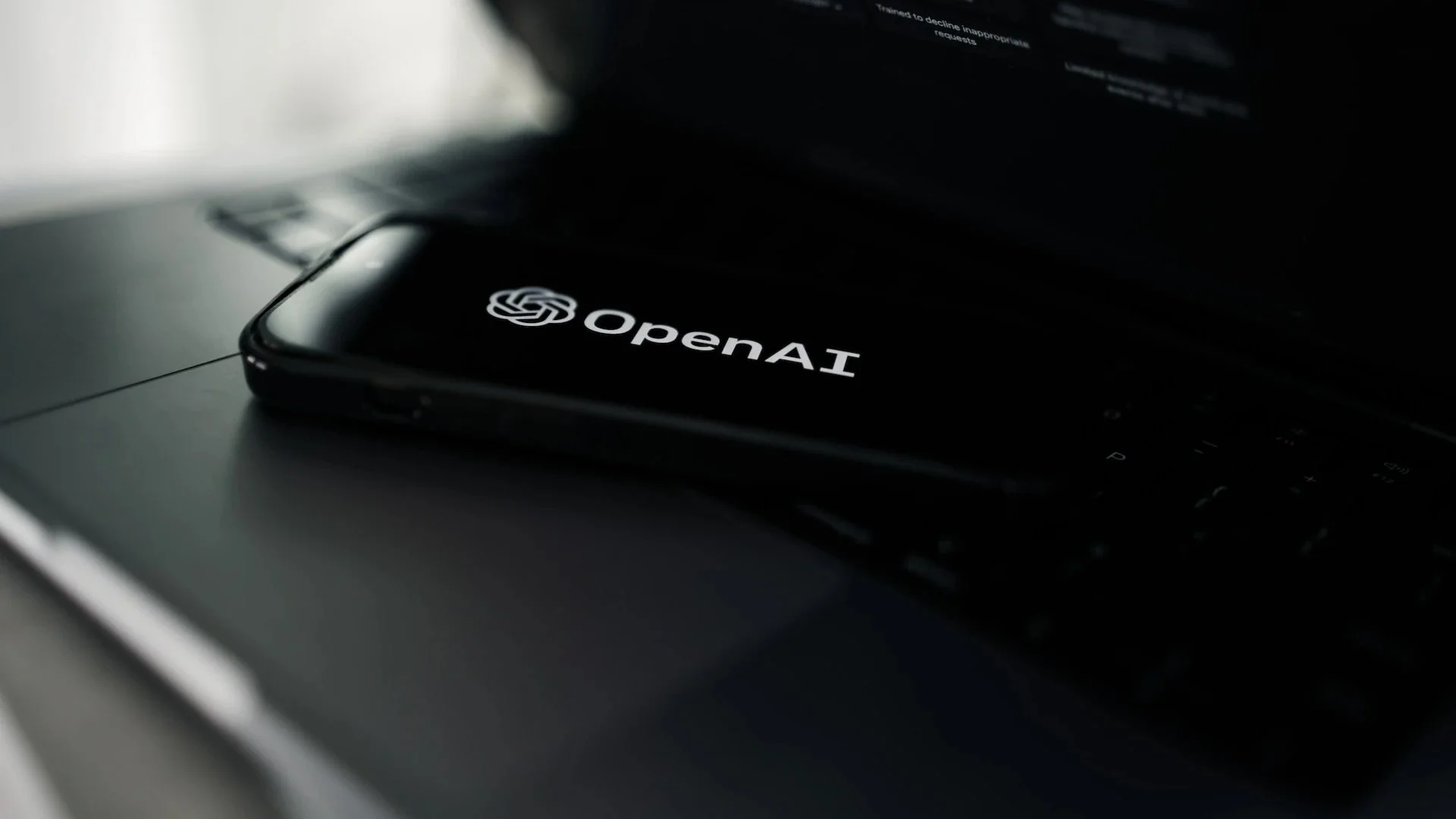 Image 1 of 9
Image 1 of 9

 Image 2 of 9
Image 2 of 9

 Image 3 of 9
Image 3 of 9

 Image 4 of 9
Image 4 of 9

 Image 5 of 9
Image 5 of 9

 Image 6 of 9
Image 6 of 9

 Image 7 of 9
Image 7 of 9

 Image 8 of 9
Image 8 of 9

 Image 9 of 9
Image 9 of 9










Claude can brainstorm groundbreaking ideas for circular business models
Claude AI, developed by Anthropic, is a next-generation AI assistant designed to enhance productivity and creativity in various professional and personal tasks. Launched with a focus on safety, accuracy, and security, Claude AI offers advanced capabilities in natural language processing, reasoning, and multimodal interactions. The platform is available in multiple versions, including the latest Claude 3.5 Sonnet model, which provides enhanced performance and speed. The primary users of Claude AI include developers, businesses, educators, and content creators.
Location
Headquarters: San Francisco, California, USA (Anthropic).
Operations: Global reach with users across multiple countries.
Strategic Reach: Cloud-based platform accessible worldwide.
The Circular Vision
Design Principles: Promotes efficient use of resources by enabling rapid content creation and reducing the need for extensive manual work.
Resource Optimization: AI-driven tools optimise the generation process, minimising time and energy consumption.
Life Cycle Considerations: Facilitates early-stage design and content creation, potentially reducing waste in later stages of production.
Leveraging for Good: Creators can use Claude AI to produce high-quality digital content efficiently, promoting more sustainable practices by reducing the need for extensive physical resources.
Pioneering Solutions
Key Features:
Multimodal Inputs and Outputs: Accepts text, audio, image, and video inputs and generates text, audio, and image outputs.
Advanced Reasoning: Capable of performing complex cognitive tasks beyond simple pattern recognition or text generation.
Vision Analysis: Transcribes and analyses static images, including handwritten notes, graphs, and photographs.
Code Generation: Creates websites in HTML and CSS, turns images into structured JSON data, and debugs complex code bases.
Multilingual Processing: Translates between various languages in real-time and creates multilingual content.
The Regenerative Future
Ecosystem Support: Supports regenerative content creation by enabling the rapid production of high-quality digital assets that minimise resource use and environmental impact.
Future Development: Continuous enhancement of AI algorithms to further improve content generation quality and efficiency.
Creative Empowerment: Empowers creators to focus on artistic expression by automating technical tasks, allowing for more innovative and impactful content.
Ethical Considerations
Data Usage: Ensures data privacy and security, managing the complexity of AI-driven insights while protecting user information.
Bias Mitigation: Implements measures to prevent or address algorithmic bias, ensuring fair and accurate outcomes.
Transparency: Provides clear, data-driven insights and recommendations, allowing users to understand the basis for optimization suggestions.
Guardrails: Includes safety measures to prevent the generation of harmful or inappropriate content, such as blocking violent, adult, or political content.
Challenges: Potential over-reliance on AI-generated content, possibly limiting human creativity if not properly balanced.
Fact Sheet
Availability: Available globally through Anthropic's platform and API.
RIBA Stages: Most useful in stages 2-4 (Concept Design, Developed Design, Technical Design).
Circular Potential: 5/5.
Key Integrations: Compatible with various digital platforms and software.
Cost Structure:
Claude Pro: Paid subscription offering 5x more usage than the free tier, priority access, and early access to new features.
Free Tier: Limited usage available for unpaid users.
Carbon Impact: Potential for reducing carbon footprint through efficient digital content creation processes, but platform's own carbon impact minimised through cloud-based operations.
Key Takeaway
Claude AI is at the forefront of integrating AI in multimodal content creation, offering a platform that dramatically reduces creation time while optimising for efficiency and quality. It has the potential to transform human-computer interactions, enabling rapid iteration and exploration of innovative and sustainable options.
Explore Further
Claude AI, developed by Anthropic, is a next-generation AI assistant designed to enhance productivity and creativity in various professional and personal tasks. Launched with a focus on safety, accuracy, and security, Claude AI offers advanced capabilities in natural language processing, reasoning, and multimodal interactions. The platform is available in multiple versions, including the latest Claude 3.5 Sonnet model, which provides enhanced performance and speed. The primary users of Claude AI include developers, businesses, educators, and content creators.
Location
Headquarters: San Francisco, California, USA (Anthropic).
Operations: Global reach with users across multiple countries.
Strategic Reach: Cloud-based platform accessible worldwide.
The Circular Vision
Design Principles: Promotes efficient use of resources by enabling rapid content creation and reducing the need for extensive manual work.
Resource Optimization: AI-driven tools optimise the generation process, minimising time and energy consumption.
Life Cycle Considerations: Facilitates early-stage design and content creation, potentially reducing waste in later stages of production.
Leveraging for Good: Creators can use Claude AI to produce high-quality digital content efficiently, promoting more sustainable practices by reducing the need for extensive physical resources.
Pioneering Solutions
Key Features:
Multimodal Inputs and Outputs: Accepts text, audio, image, and video inputs and generates text, audio, and image outputs.
Advanced Reasoning: Capable of performing complex cognitive tasks beyond simple pattern recognition or text generation.
Vision Analysis: Transcribes and analyses static images, including handwritten notes, graphs, and photographs.
Code Generation: Creates websites in HTML and CSS, turns images into structured JSON data, and debugs complex code bases.
Multilingual Processing: Translates between various languages in real-time and creates multilingual content.
The Regenerative Future
Ecosystem Support: Supports regenerative content creation by enabling the rapid production of high-quality digital assets that minimise resource use and environmental impact.
Future Development: Continuous enhancement of AI algorithms to further improve content generation quality and efficiency.
Creative Empowerment: Empowers creators to focus on artistic expression by automating technical tasks, allowing for more innovative and impactful content.
Ethical Considerations
Data Usage: Ensures data privacy and security, managing the complexity of AI-driven insights while protecting user information.
Bias Mitigation: Implements measures to prevent or address algorithmic bias, ensuring fair and accurate outcomes.
Transparency: Provides clear, data-driven insights and recommendations, allowing users to understand the basis for optimization suggestions.
Guardrails: Includes safety measures to prevent the generation of harmful or inappropriate content, such as blocking violent, adult, or political content.
Challenges: Potential over-reliance on AI-generated content, possibly limiting human creativity if not properly balanced.
Fact Sheet
Availability: Available globally through Anthropic's platform and API.
RIBA Stages: Most useful in stages 2-4 (Concept Design, Developed Design, Technical Design).
Circular Potential: 5/5.
Key Integrations: Compatible with various digital platforms and software.
Cost Structure:
Claude Pro: Paid subscription offering 5x more usage than the free tier, priority access, and early access to new features.
Free Tier: Limited usage available for unpaid users.
Carbon Impact: Potential for reducing carbon footprint through efficient digital content creation processes, but platform's own carbon impact minimised through cloud-based operations.
Key Takeaway
Claude AI is at the forefront of integrating AI in multimodal content creation, offering a platform that dramatically reduces creation time while optimising for efficiency and quality. It has the potential to transform human-computer interactions, enabling rapid iteration and exploration of innovative and sustainable options.
Explore Further










































